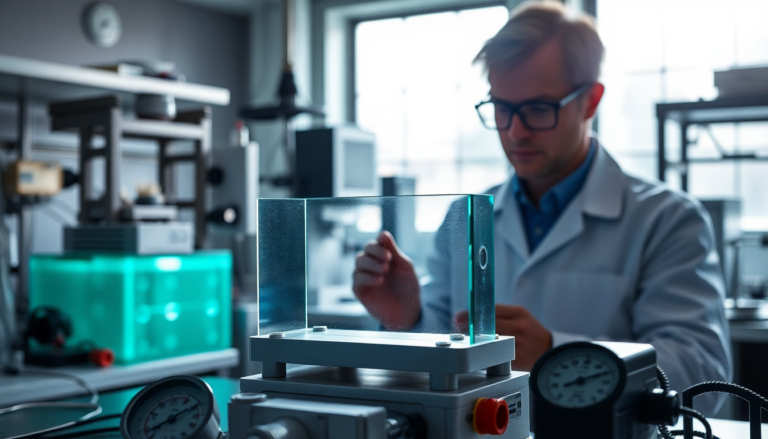Argomenti trattati
Cerabyte’s impressive claims about archival glass storage
Cerabyte, a pioneering storage startup, has made waves in the tech world by asserting that its archival glass storage can endure for an astounding 5,000 years. This extraordinary claim is not just marketing hype; the company has put its technology to the test in dramatic fashion. In a recent demonstration, Cerabyte subjected a piece of its archival glass to extreme conditions, showcasing the resilience of its innovative medium.
A closer look at the durability tests
In a striking display of its product’s robustness, Cerabyte boiled a sample of its archival glass storage in salt water at a blistering 100°C (212°F) and subsequently grilled it in a pizza oven heated to 250°C (480°F). The results were nothing short of remarkable: the data stored on the glass remained completely intact, demonstrating its ability to withstand not just heat but also corrosive conditions. This durability test mirrors an earlier demonstration at the Open Compute Project summit in Dublin, where the glass was subjected to prolonged exposure to boiling salt water, further emphasizing its resilience.
Understanding the technology behind Cerabyte’s storage
At the core of Cerabyte’s technology is a ceramic-on-glass material that uses femtosecond laser technology to create nanoscale holes for data storage. The glass chips, measuring just 9 cm square, are capable of holding up to 1GB of data per side, written at an impressive rate of two million bits per laser pulse. This innovative method of data storage not only enables significant data retention but also ensures longevity, as glass is naturally resistant to aging when stored in optimal conditions.
Real-world applications and future plans
Cerabyte aims to revolutionize the data storage landscape by making archival glass storage commercially viable. The company envisions reducing the cost of its media to below $1 per terabyte by 2030, making this technology accessible for widespread use. Additionally, Cerabyte is expanding its product line with CeraTape, targeting storage solutions for exabytes of data, further demonstrating its commitment to advancing data storage technology.
The challenges and considerations of glass-based storage
While Cerabyte’s archival glass storage shows great promise, there are still questions regarding its durability in various conditions. Although it has proven to resist extreme heat and corrosive environments, the performance of the ceramic layer and the bonding between materials under impact remains uncertain. Nonetheless, the technology’s inherent resistance to common threats such as fire, water, radiation, and electromagnetic pulses adds an extra layer of appeal for potential users.
Staying informed with the latest in tech
For enthusiasts eager to keep up with the latest developments in technology and storage solutions, subscribing to tech news outlets, such as Tom’s Hardware, is essential. Stay updated with in-depth reviews, analysis, and the latest trends in the tech industry, ensuring you are always in the loop with advancements that could shape the future of data storage.
Exploring the future of data storage
As we look ahead, the implications of Cerabyte’s advancements in archival glass storage are profound. This technology not only promises longevity but also offers a sustainable alternative to traditional storage mediums. As consumer demand for reliable data storage solutions continues to grow, innovations like Cerabyte’s will play a crucial role in meeting those needs while pushing the boundaries of what is possible in the realm of technology.

